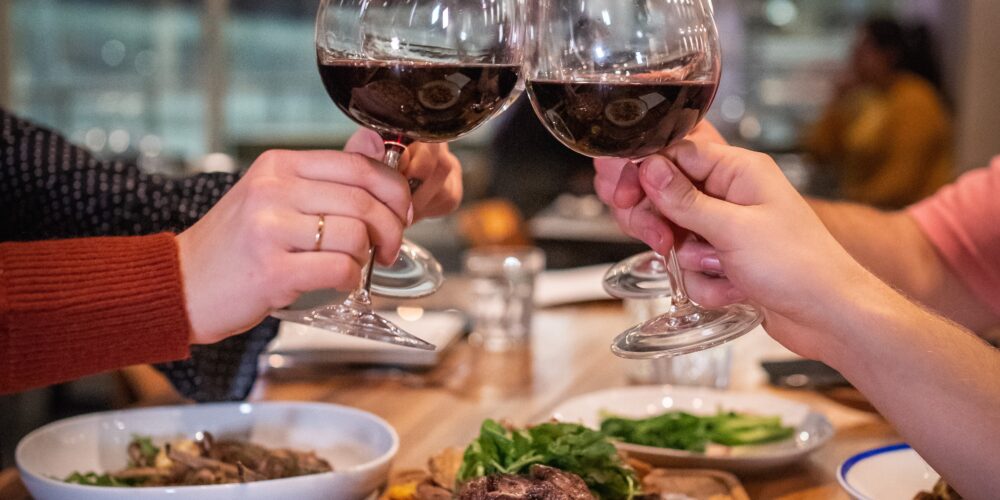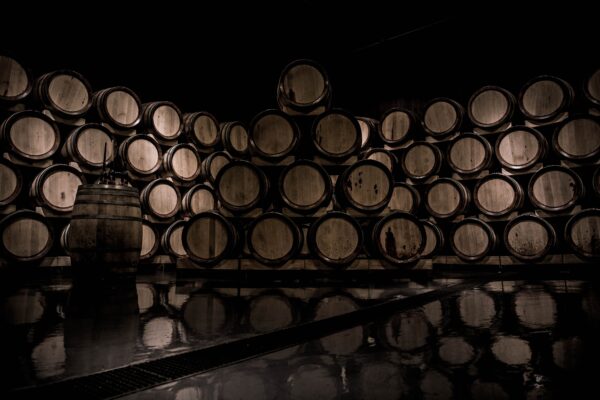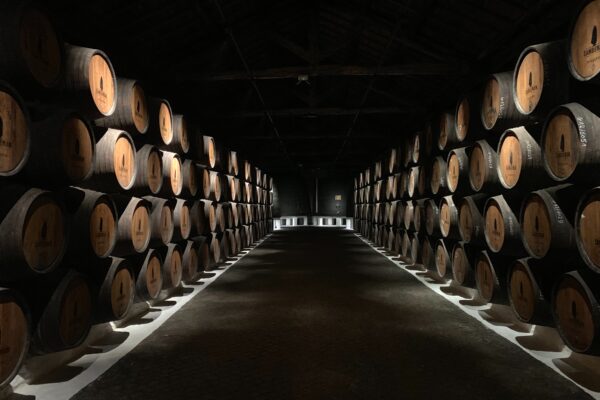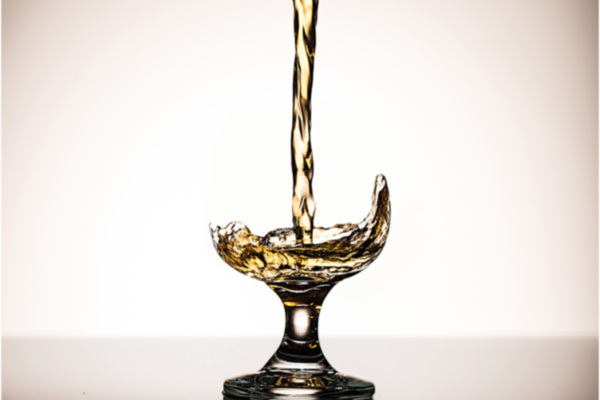How’s your knowledge of food and wine associations? Suggesting a customer the ideal wine to accompany his dish or meal can be tricky. It’s all about balancing flavours and achieving a harmonious combination so that the wine you serve doesn’t overshadow or outdo the dish, or vice versa. In this article, swot up on the not-always-so-easy rules of food and wine pairing.
Horizontal pairings
In horizontal pairings, the idea is to look for the perfect match between a wine and a dish, or a whole meal. The wine served should share similar characteristics with the dish it is accompanying. For example, a very expressive dish will require a wine that is just as so. Similarly, a wine that is all finesse will suit a delicate, exquisite dish.
Let’s take a Bandol rosé as our pairing for the whole meal. This wine would work well a black olive and roast pepper loaf to start, octopus marinated in garlic as a main and strawberry charlotte cake for dessert. Some other brilliant one-dish matches are Côte de Bourg and steak with shallots, or a Médoc with a rib of beef.
Vertical pairings
Vertical pairing consists of serving several wines throughout a meal and ensuring they are harmonised with each other. This means respecting a precise order when serving wines, i.e. whites before reds, young wines before more complex, powerful wines, low alcohol wines before higher alcohol ones, and so on. What is more, care needs to be taken with each new pairing to avoid eclipsing or overshadowing the previous wine. To make your tasting experience as enjoyable as possible, it is recommended to serve no more than three different wines during a meal.
For example, you could start a meal with a Muscadet-Sèvre-et-Maine to accompany a carpaccio of scallops, followed by a Mercurey with a ham shank and a Madiran with some soft French cheese to conclude.
Contrasting pairings
Contrasting pairings aim to create surprise through original associations. It is a well known fact that opposites attract, and the same is true of food and wine. With this technique, you would suggest that a customer ordering a dish with acidic flavours opt for a sweet wine, and vice versa.
Example pairings: White Pessac-Léognan with turbot in a creamy black trumpet mushroom sauce, a Chassagne-Montrachet with farm-raised chicken and morel mushrooms or Sauternes and Roquefort cheese – soft, strong-flavoured cheese goes beautifully with aromas of this lusciously sweet wine.
Matching or complementary pairings
This pairing technique plays with similarities in aroma or texture. Here the idea is one of “like seeks like”, where you look to mirror the features in the dish by serving a wine that has those same features, e.g. a fruity wine for a dish with a fruit-based sauce, an expressive red wine with a juicy piece of meat…
Suggested pairings include langoustine risotto with Chablis for roundness and minerality, a fortifed wine such as Banyuls with chocolate mousse and white Châteauneuf du Pape to go with the oily richness of a tuna tataki.
Local wine with local food
The rule here is to pair a traditional regional dish with wine from the same region. Regional wine pairings are some of the most surprising as local wines are best at showing off the authentic flavours of local dishes. For a harmonious result, care must still be taken of course to ensure coherence and balance between the flavours and aromas.
Example pairings: A cassoulet with a Madiran or a crottin de Chavignol goat’s cheese with a Sancerre.
Although there are many food and wine pairing possibilities, it will always come down to the customer’s likes and preferences in the end. The goal is to guide the customer to choose a wine that will enhance the selected dish, and vice versa.
Learn more
Continue discovering the world of wine and read our new article to learn the three defining features of fine wine according to French Master Sommelier Laurent Derhé. Read the article



